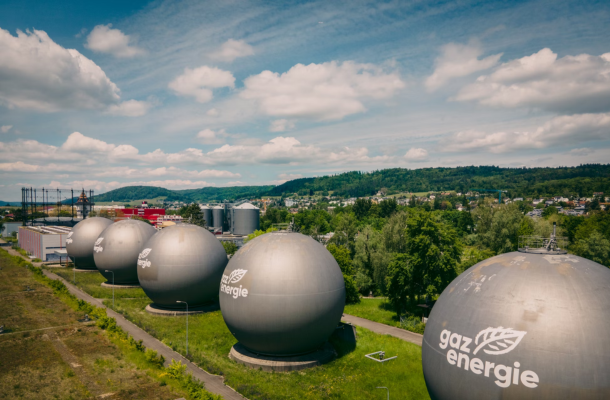
Current reports suggest that discussions between Chevron and Australian labor unions have halted, increasing the likelihood of potential strikes at Australian LNG facilities.
On October 5, the EIA published its Weekly Natural Gas Storage Report, showing an 86 Bcf increase in working gas in storage from the previous week. This figure fell short of analysts' expectations of a 92 Bcf increase.
Currently, stocks are 357 Bcf higher than last year and 172 Bcf above the five-year average of 3,273 Bcf.
Despite missing analyst estimates, natural gas prices remained above the significant $3.00 mark as traders reacted to the EIA report. From a technical perspective, a successful breach of the $3.00 – $3.05 resistance level could drive natural gas towards the next resistance level in the $3.60 – $3.75 range. Given the absence of important levels between $3.05 and $3.60, there is potential for natural gas to gain upward momentum.
Aside from the EIA report, market participants will closely monitor the latest developments in Australia, where Chevron is working to resolve strikes at its LNG plants. Although workers ended strikes over a week ago, recent reports suggest that negotiators have not reached an agreement, potentially leading to resumed strikes.
While the current demand for natural gas remains low and weather forecasts are uninspiring, it's important to note that average gas output in the lower 48 U.S. states has slightly decreased in October, which could offer further support to natural gas prices.

Subscribe to our daily newsletter and get the best forex trading information and markets status updates
Trade within minutes!
Comment (0)